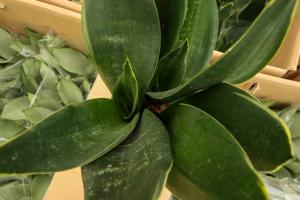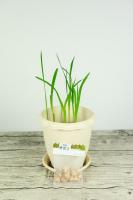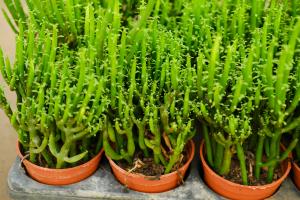What to Cover Tomato Plants with When Frost
Frost is a concern for tomato plants, as they are relatively delicate and prone to damage when exposed to freezing temperatures. To protect your tomato plants from frost, it is important to cover them with the right material. In this article, we will discuss what to cover tomato plants with when frost is a risk.
When to Cover Tomato Plants
The decision to cover your tomato plants should be based on the weather forecast. If overnight temperatures are predicted to drop below 32°F (0°C), it is essential to cover your plants. However, if the forecast temperatures are going to be in the mid to high 30s, you may be able to skip covering your plants. It's important to monitor the forecast carefully to avoid damaging your tomato plants.
What to Cover Tomato Plants With
The material you use to cover your tomato plants should provide insulation and prevent frost from forming on the leaves. Here are some options:
1. Blankets or Sheets
You can use old blankets or sheets to cover your tomato plants. These materials don't provide much insulation, but they do help to prevent frost from forming on the leaves. Make sure the material you use doesn't touch the plant's leaves, as this can cause damage. Use stakes or other supports to hold the blankets or sheets in place.
2. Frost Cloths
Frost cloths are specially designed to protect plants from frost. They are made from lightweight fabrics that provide insulation without weighing down the plant. Frost cloths can be draped over tomato plants and secured with stakes or other supports. They allow air and moisture to circulate while providing protection from frost and wind.
3. Plastic Sheeting
Plastic sheeting can also be used to protect tomato plants from frost. This material is inexpensive and easy to find at most hardware stores. However, it is important to use caution when using plastic sheeting, as it can trap moisture and cause the leaves to freeze. To avoid this, only use plastic sheeting for short durations and remove it as soon as temperatures rise above freezing.
Tips for Covering Tomato Plants
Covering tomato plants is a simple process, but there are a few tips to keep in mind to ensure you protect your plants properly:
Choose the right material for your climate.
Don't let the material touch the plant's leaves.
Secure the fabric with stakes or other supports.
Remove the covering as soon as temperatures rise above freezing.
Final Thoughts
Covering tomato plants with the right material can protect them from frost and ensure a successful harvest. By following these tips and monitoring the weather forecast, you can protect your tomato plants from the damaging effects of freezing temperatures.

 how many times do yo...
how many times do yo... how many planted tre...
how many planted tre... how many pine trees ...
how many pine trees ... how many pecan trees...
how many pecan trees... how many plants comp...
how many plants comp... how many plants can ...
how many plants can ... how many plants and ...
how many plants and ... how many pepper plan...
how many pepper plan...

































